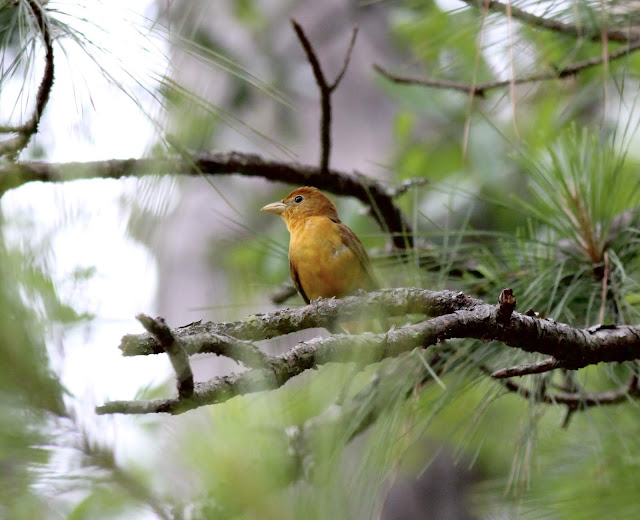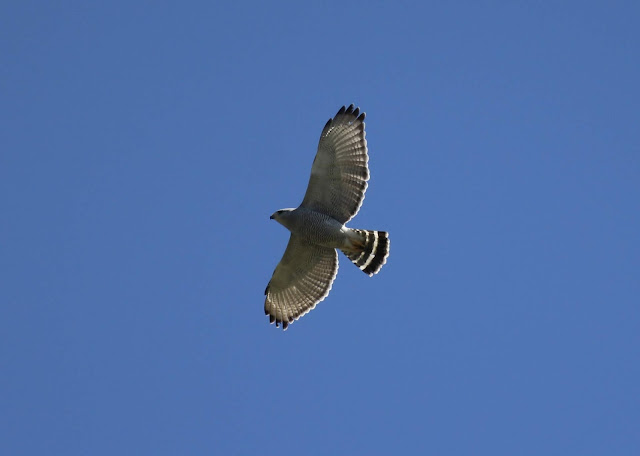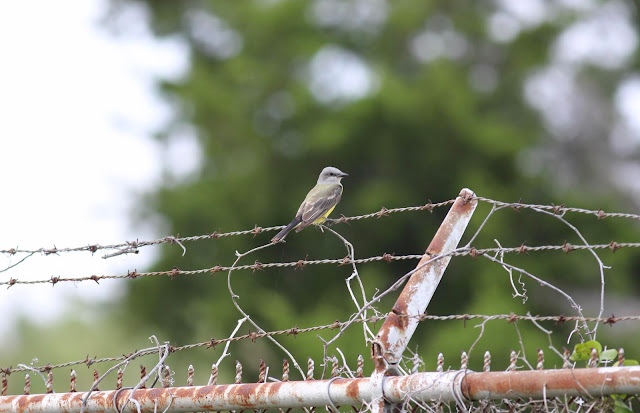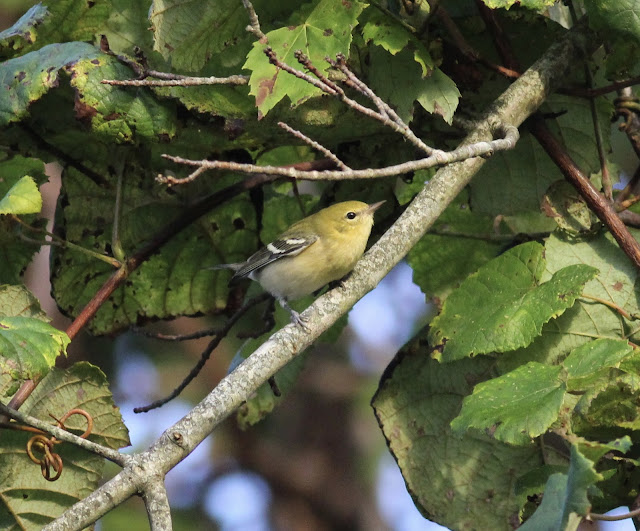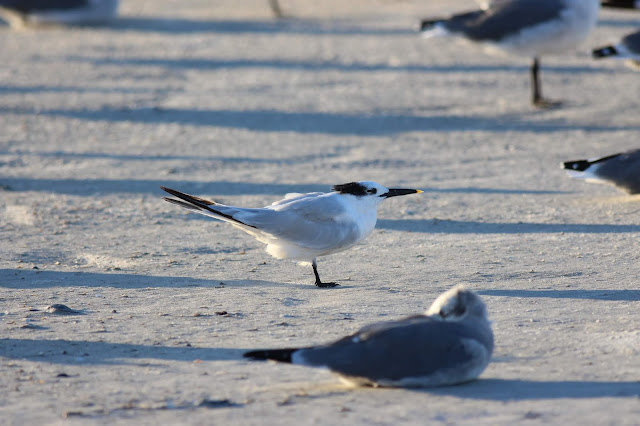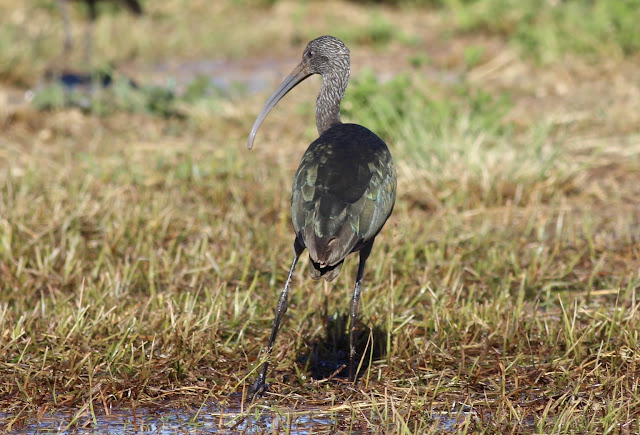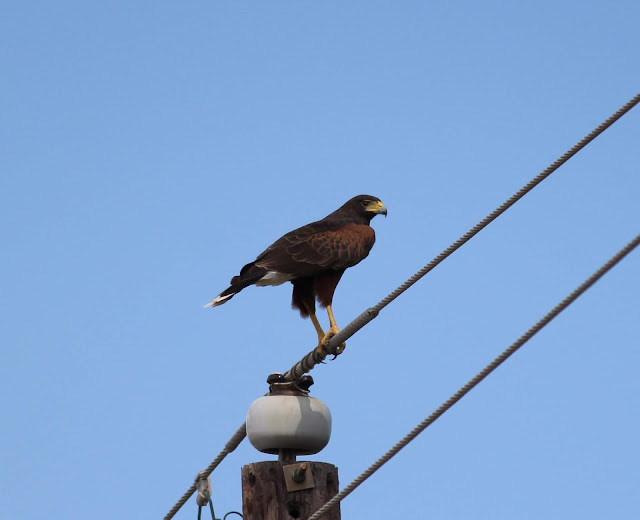This was one of the last birds I saw in Costa Rica for this particular trip. This photo was take at La Paz Waterfall Gardens near La Cinchona.
Here is one from the Yucatan in Mexico in 2019. They recently split out the Mexican Squirrel Cuckoo but the ones in the Yucatan are oddly not of the Mexican variety. The Mexican ones are west of the Sierra Madre.
Here is one from the Yucatan in Mexico in 2019. They recently split out the Mexican Squirrel Cuckoo but the ones in the Yucatan are oddly not of the Mexican variety. The Mexican ones are west of the Sierra Madre.



